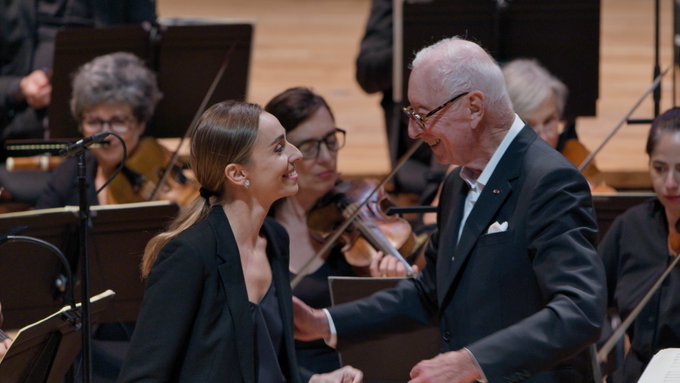Les mathématiques sont un art comme les autres, une série de cinq entretiens avec
Cédric Villani (professeur de l'Université de Lyon et directeur de l'Institut Henri Poincaré), dans l'émission "
Un autre jour est possible", sur France Culture. Sur la poésie, la musique, le design, les arts de la rue et le cinéma. Cette tête chercheuse fait beaucoup et bien pour la vulgarisation des mathématiques et leur transfert innovation vers des disciplines afférentes. Louable effort. "Nul ne peut être mathématicien s'il n'a une âme de poète", disait Sophie Kowalevskaia. Les 15 et 16 décembre 2014, le forum Horizon Maths a lieu à IFP Energies nouvelles à Rueil-Malmaison (thème : "Les mathématiques se dévoilent aux industriels"), le programme en pdf est
ici.En plus détaillé, après la pause podcast sur Cédric Villani.
Session « Méthodes pour la chimie ab initio »
- Pascal Raybaud (IFPEN) : « Enjeux de la performance numérique pour les calculs ab initio
- en catalyse »
- Thierry Deutsch (CEA Grenoble) « Les ondelettes, une base flexible permettant un contrôle fin de la précision et la mise au point des méthodes ordre N pour le calcul de la structure électronique via BigDFT »
- Benjamin Stamm (UPMC) « A posteriori estimation for non-linear eigenvalue problems in the context of DFT- methods »
- Filippo Lipparini (Universität Mainz) « Large, polarizable QM/MM/Continuum computations : ancient wishes and recent advances »Eric Cancès (Ecole des Ponts ParisTech) « Aspects mathématiques de la théorie fonctionnelle de la densité (DFT) »
Session « Optimisation sans dérivée »
- Delphine Sinoquet (IFPEN) « Applications de l’optimisation sans dérivée dans le secteur pétrolier et le domaine des énergies marines renouvelables »
- Emmanuel Vazquez (SUPELEC) « Nouvelles fonctions de perte pour l’optimisation bayesienne »
- Serge Gratton (CERFACS) « Optimisation sans dérivée : algorithmes stochastiques et complexité »
- Wim van Ackooij (EDF) « Optimisation sous contraintes probabilistes et applications en management d’énergies »
- Marc Schoenauer (INRIA) « Optimisation continue à base de comparaisons : modèles de substitution et adaptation automatique »
- Bilan de la session par Josselin Garnier (Université Paris Diderot)
Session « Maillages et Applications Industrielles »
- Jean-Marc Daniel (IFPEN) « Besoins pour le maillage des milieux géologiques complexes »
- Paul-Louis George et Houman Borouchaki (INRIA et UTT - INRIA respectivement) « Panorama des méthodes génériques de génération de maillages et méthodes spécifiques de maillage en géosciences »
- Jean-François Remacle (UCL - Rice University) « An indirect approach to hex mesh generation »
- Thierry Coupez (Ecole Centrale de Nantes) « Frontières implicites et adaptation anisotrope de maillage »
- Pascal Tremblay (Michelin) « Les défis de la transition du maillage hexaédrique vers tétraédrique pour des applications industrielles »
- Bilan de la session par Frédéric Hecht (UPMC)
Session « Visualisation »
- Sébastien Schneider (IFPEN) « Courte introduction à la visualisation pour les géosciences à IFPEN »
- Julien Jomier (Kitware) « Scientific Visualization with Open-Source Tools »
- Emilie Chouzenoux (UPEM) « A Random block- coordinate primal-dual proximal algorithm with application to 3D mesh denoising »
- Jean-Daniel Fekete (INRIA) « Visualisation de réseaux par matrices d’adjacence »
- Marc Antonini (CNRS) « Compression et visualisation de données 3D massives »
- Bilan de la session par Julien Tierny (CNRS - UPMC)
